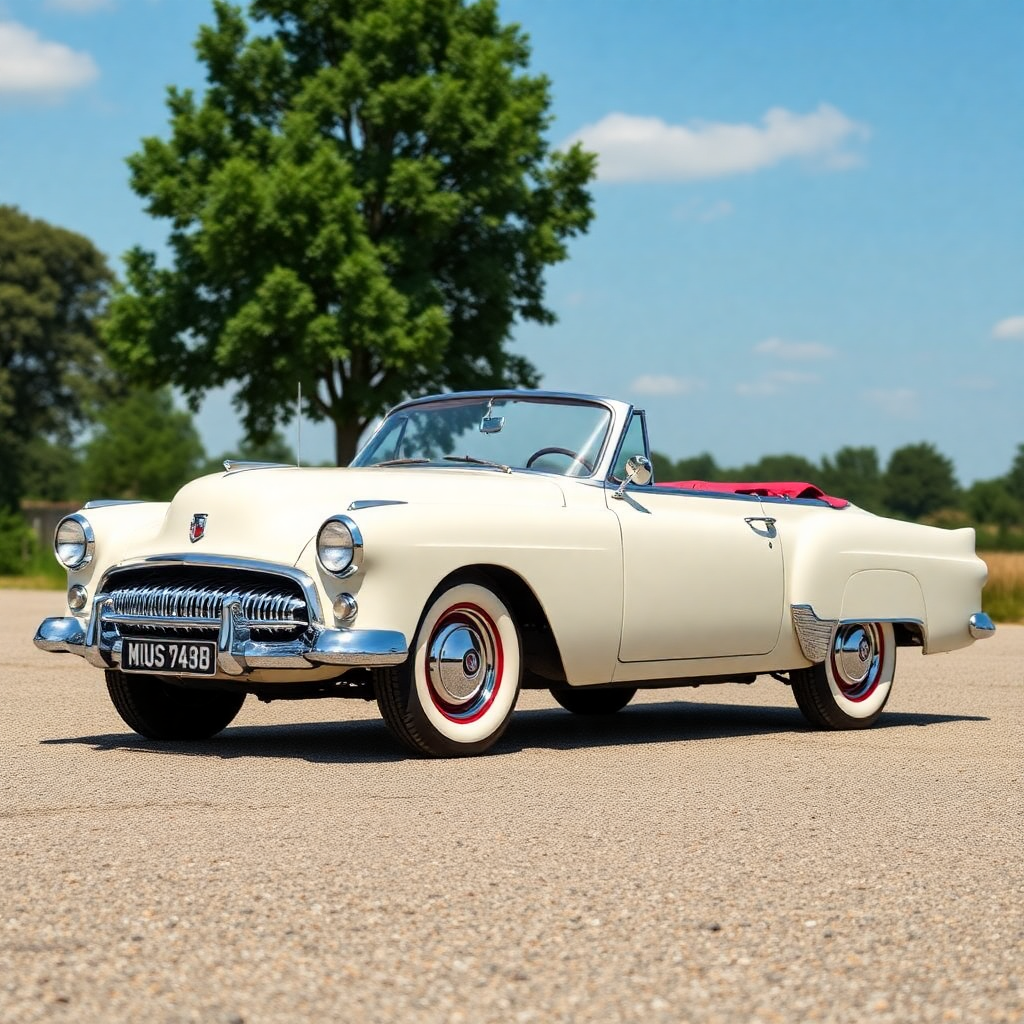When it comes to owning a classic or vintage car, enthusiasts understand the deep connection that comes with maintaining and showcasing these timeless beauties. However, protecting your investment with the right insurance policy is equally essential. Classic and vintage car insurance differs significantly from standard auto insurance, offering tailored coverage to meet the unique needs of these prized possessions.
In this article, we explore everything you need to know about insuring your classic or vintage car, including coverage options, benefits, and tips to get the best policy.
What Qualifies as a Classic or Vintage Car?
Understanding whether your vehicle qualifies as a classic or vintage car is the first step in finding the right insurance. Typically:
- Classic Cars: Vehicles that are 20 to 40 years old and maintained in good working condition. They may not necessarily be rare but often hold historical or nostalgic significance.
- Vintage Cars: Vehicles manufactured before 1930. These are rare and often considered collector’s items due to their age and historical value.
Many insurers have specific criteria, such as limited annual mileage, vehicle condition, and usage restrictions, to determine eligibility for classic or vintage car insurance.
Why Regular Car Insurance Isn’t Enough
Standard auto insurance policies are designed for daily-use vehicles and may not adequately cover the unique risks and values associated with classic or vintage cars. Key reasons include:
- Agreed Value Coverage: Unlike regular car insurance, classic car policies typically offer agreed value coverage, ensuring the car’s full appraised value is reimbursed in case of total loss.
- Limited Use: Classic cars are often driven less frequently, and insurance providers take this into account to offer lower premiums.
- Specialized Repairs: Vintage and classic cars often require expert repairs, which standard policies may not cover.
Types of Coverage for Classic and Vintage Cars
Insurance for classic and vintage cars offers a variety of coverage options tailored to their unique needs:
- Liability Coverage Protects you financially if you’re at fault in an accident causing property damage or injury.
- Comprehensive Coverage Covers non-collision-related damages such as theft, fire, or natural disasters.
- Collision Coverage Pays for damages to your vehicle caused by a collision, regardless of fault.
- Agreed Value Coverage Ensures you receive the full appraised value of your car if it’s totaled or stolen.
- Uninsured/Underinsured Motorist Coverage Protects you if an uninsured or underinsured driver causes an accident.
- Spare Parts Coverage Covers the cost of rare or expensive spare parts specific to your classic car.
- Roadside Assistance Specialized assistance tailored for classic cars, ensuring safe towing and handling.
Factors That Affect Classic Car Insurance Rates
Several factors influence the cost of insuring a classic or vintage car:
- Vehicle Value: The appraised value of your car significantly impacts premiums.
- Usage: Policies often require limited mileage (e.g., under 5,000 miles annually).
- Storage: Vehicles stored in secure, climate-controlled garages typically enjoy lower rates.
- Driver’s Age and Experience: Mature and experienced drivers often receive better rates.
- Location: Insurance costs can vary based on the car’s registered location.
Benefits of Classic Car Insurance
Opting for specialized insurance provides numerous advantages:
- Customized Policies: Tailored to meet the unique needs of classic car owners.
- Lower Premiums: Due to limited usage and better care, premiums are often lower than standard auto insurance.
- Comprehensive Protection: Coverage extends to spare parts, restoration, and agreed value replacement.
- Peace of Mind: Specialized roadside assistance ensures expert handling.
Tips to Get the Best Classic Car Insurance Policy
- Compare Providers Research multiple insurance companies specializing in classic or vintage car coverage.
- Understand Agreed Value Ensure the insurer offers agreed value coverage and get your car professionally appraised.
- Review Usage Restrictions Understand mileage limits and restrictions on daily driving.
- Maintain Detailed Records Keep detailed documentation of your car’s condition, restoration history, and modifications.
- Check for Discounts Many insurers offer discounts for club memberships, secure storage, or bundling policies.
Top Classic Car Insurance Providers
Here are some leading insurers specializing in classic and vintage cars:
- Hagerty: Known for comprehensive coverage and a strong reputation among car enthusiasts.
- Grundy: Offers agreed value policies with no mileage restrictions.
- American Collectors Insurance: Provides flexible mileage plans and restoration coverage.
- J.C. Taylor: Specializes in vintage and antique car insurance.
Conclusion
Insuring a classic or vintage car isn’t just about meeting legal requirements; it’s about preserving and protecting a piece of automotive history. With the right policy, you can ensure your prized possession is covered against potential risks while enjoying peace of mind.
By understanding your vehicle’s unique insurance needs and exploring tailored coverage options, you can find a policy that offers optimal protection and value. Whether you’re cruising to car shows or admiring your collection in the garage, the right insurance ensures your classic or vintage car remains a treasure for years to come.






Leave a Reply